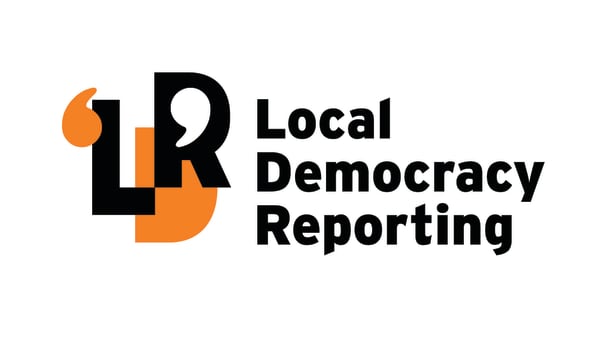How do you manage the roads and bridges of a region ravaged by a cyclone? Tim Barry remains optimistic but realistic for the future of Tairāwhiti in his new job at the Gisborne District Council. He talked to Local Democracy Reporter Zita Campbell . . .
For decades Tim Barry held down top international infrastructure jobs. He often found himself working for councils, rather than in them.
But now he’s crossed that bridge as Gisborne District Council’s new Director of Community Lifelines.
He is responsible for the region’s local roads, bridges, flood management, and its water assets – stormwater, waste water and drinking water.
“I seek the quiet parts of the conversation,” Tim says.
“When bridges fail, that’s the loud part of the conversation. I’m more interested in what bridges didn’t fail?”
“And then you go, ‘oh, those bridges didn’t fail because of their design’.”
Tim started the job in November, taking over from Dave Wilson who has moved to a consultancy firm.
He says he believes in working with people who are not afraid to challenge ideas.
“There are always people in every field that have got more runs on the board than you.
“I like working in a relationship with colleagues and partners who, when you put something out there, feel welcome to challenge it. It creates a stronger solution,” he says.
As an early riser, the quiet part of the conversation is not the only quiet Tim seeks.
He often starts work before sunrise, while his phone is still silent.
“I like reading reports at this time of day, because no one is up yet,” he said.
His job requires a delicate balance of decisions.
“I’m trying to think of ways that we can enact resilience without spending the money that others would . . . there’s just not the money right now,” he says.
“We’ve got 422 bridges and we still need to upkeep those assets.”
Failing bridges is a hot topic, but there’s every reason you can design bridges that won’t fail, Tim says.
“But that costs more and reduces your ability to do the next bridge.
“The trade-off is connectivity,” said Tim, who has been making an effort to meet the communities he serves.
He’s aware the communities he is working with are all at different stages of their recovery, physically and mentally.
“While many of our community are affected in some ways, a small number have been heavily impacted with the loss of homes or connectivity.
“It’s really tough for those people stuck in limbo.
“For people who get no bridge, they get zero percent equitable elements.”
As a young graduate with an engineering degree from Canterbury University, Tim was keen on an international career.
“I struck it lucky” he says, when he snail-mailed a paper he wrote on ground water in Hawke’s Bay to Anglian Water, a water company based in Huntingdon in the east of the UK. He landed a scholarship with a graduate scheme there.
Thinking about the paper he wrote back then, which “is lost somewhere on a floppy disk”, he says he gets a little frustrated. “Water reform stories are still happening and they go way back to the 1990s,“ he said.
Eventually, after Barry’s graduate scheme, he was sent to China to work across 10 different provinces in the water sector. This included the largest water treatment project in the world at that time.
He would stay in China for six years, then move to Sydney for another six, and Auckland for a decade after that, before coming to the East Coast. After all those years, beef noodle soup remains a comfort food.
After the cyclone, Tim was still working in Auckland but volunteered to assist with the Gabrielle recovery in his hometown of Hawke’s Bay.
He reflects on the roads he knew during his childhood — the surrounding area of Hawke’s Bay and Gisborne are “very personal” to him.
“Gisborne was a lot closer back then,” he says, referring to State Highway 2.
“It’s been the same since I was 11. They’ve never really built those transport routes sufficiently enough,” he said.
“It’s been over 50 years since there’s been a conscious effort by the central government to improve the connectivity of Tairāwhiti,” he said.
He attributes it to a shift that happened during the 1980s.
“The focus moved from developing for production to operation. There was little investment in infrastructure because there was an assumption it was already done,” he says.
With decades of experience working with councils, Tim now finds himself inside one.He is “optimistic about the region, though it’s packaged in realism”.
“If you look at it solely from an economic perspective, we’ve got a boom area to our north in the Bay of Plenty.
“And we’ve got a boom area to our south in Hawke’s Bay. We are just sitting in between. We should be able to extract some value from that,” he said.
Right now he admits, there are more needs than there are finances to meet them.
“We were behind before Cyclone Gabrielle, and we’ve got around 20 years worth of ‘normal’ work to do in a short time to get us back on track.
“But you can only do this job if you’re optimistic.”







0 comment
JOIN THE CONVERSATION
Read and post comments with a
Newsroom Pro subscription.
Subscribe now to start a free
28-day trial.